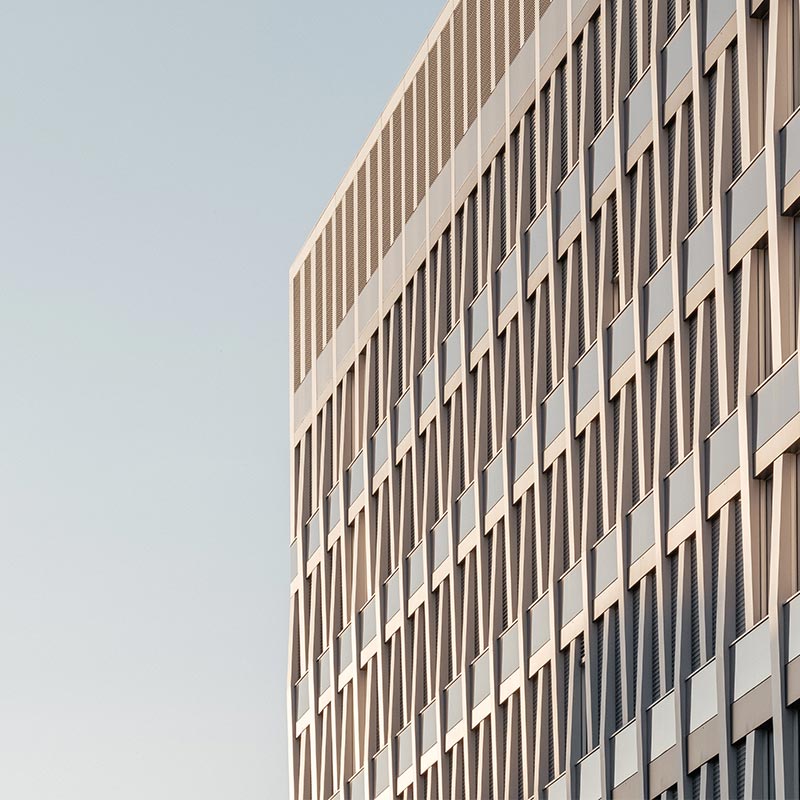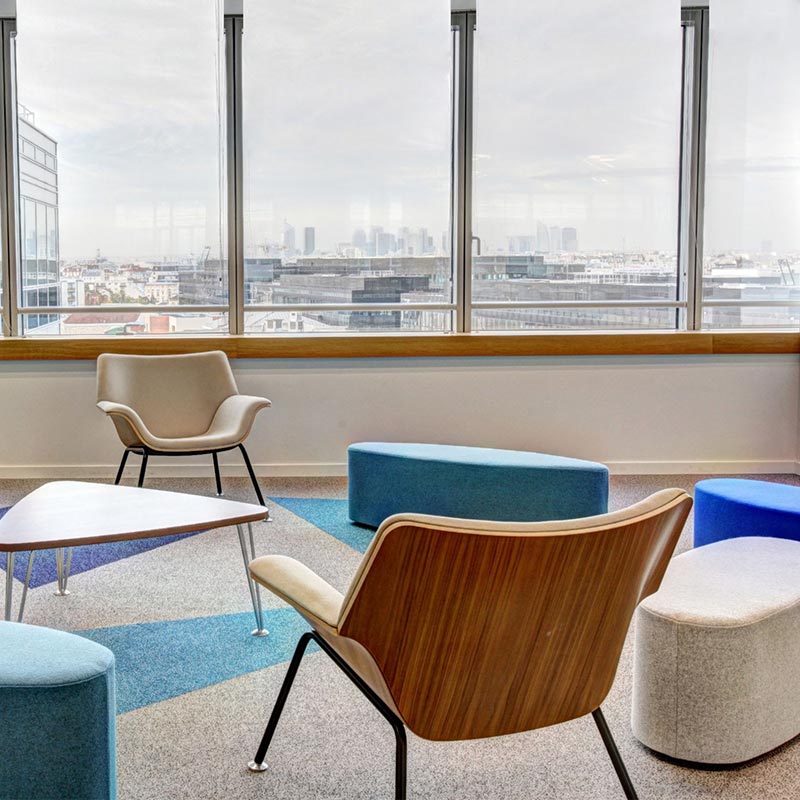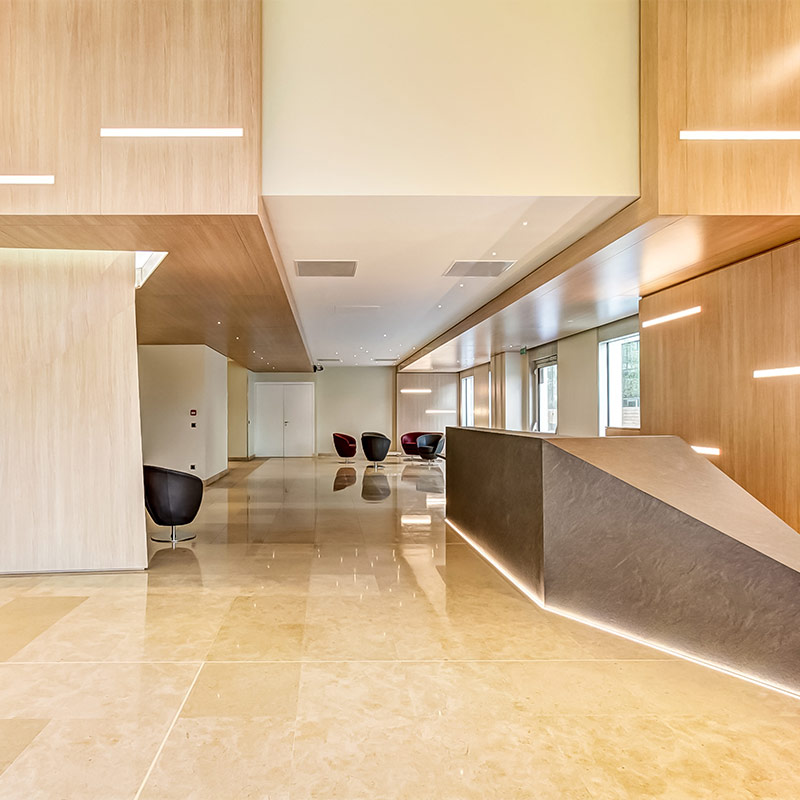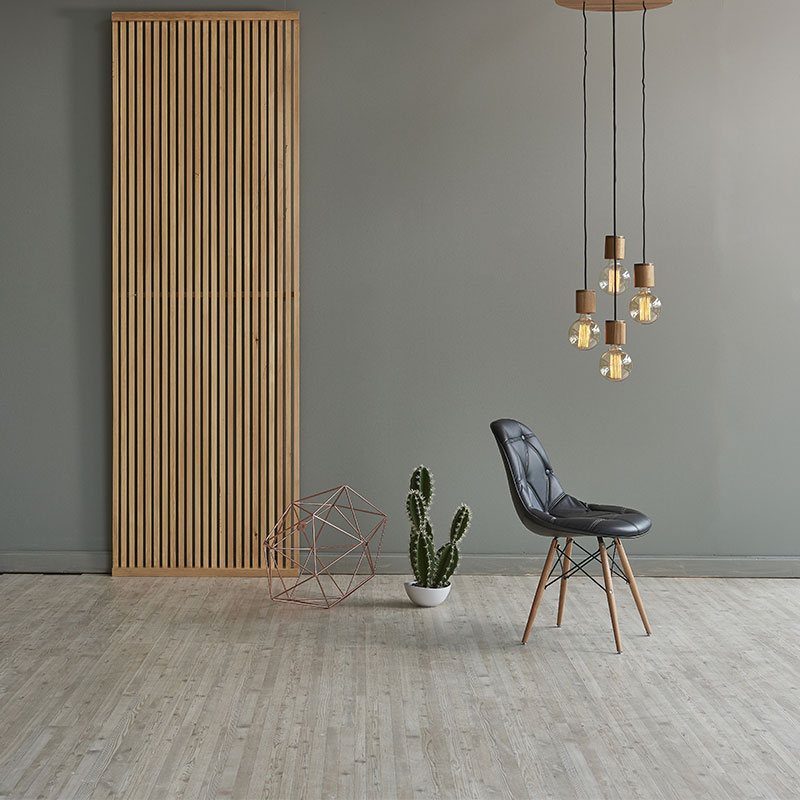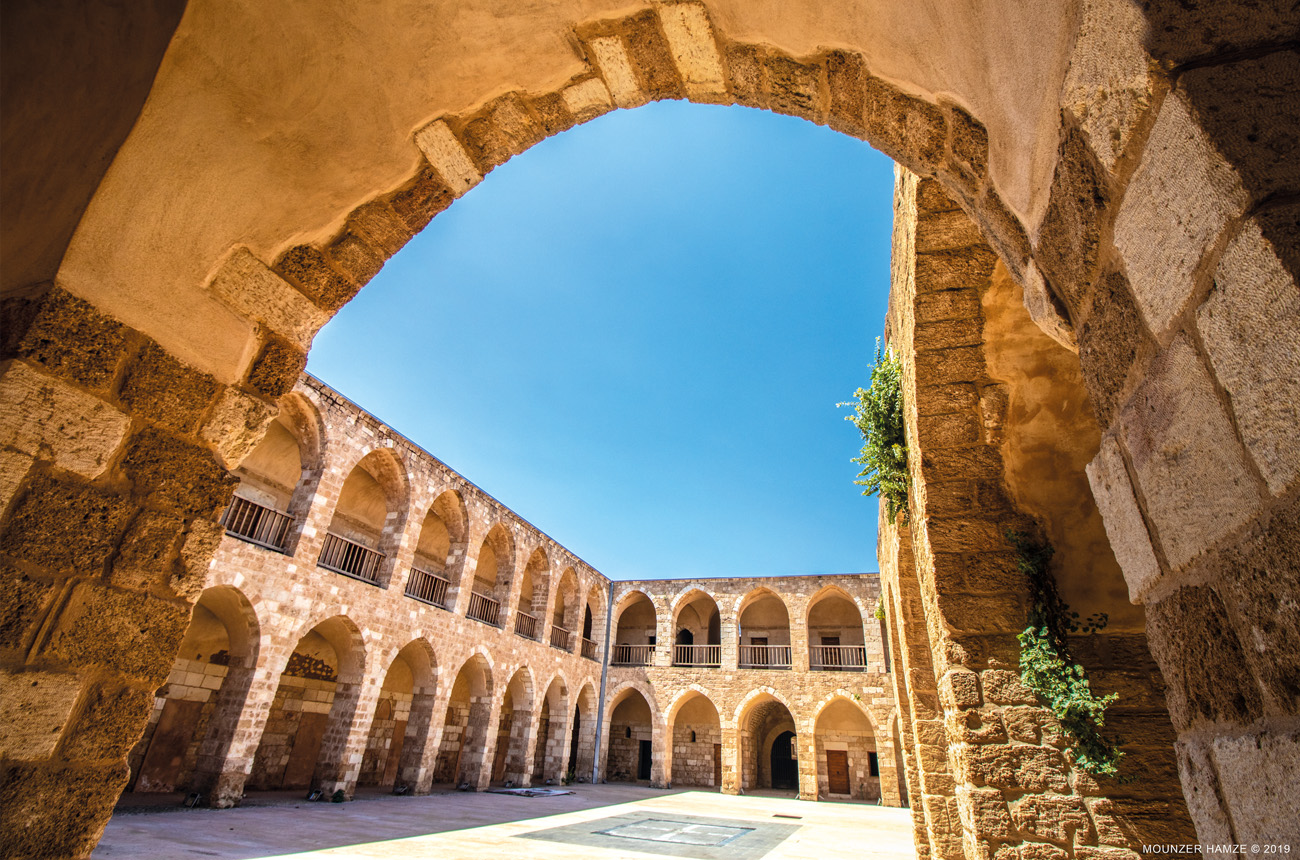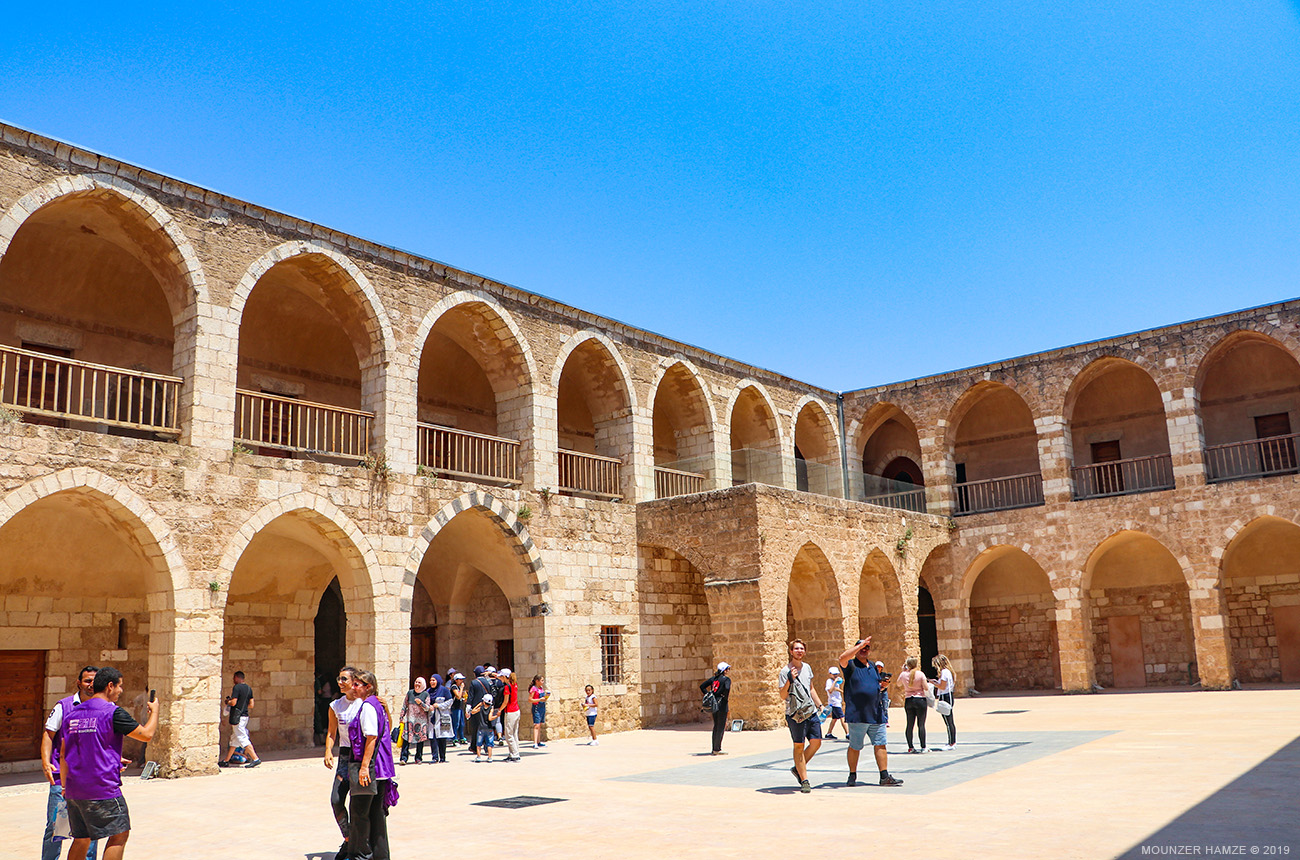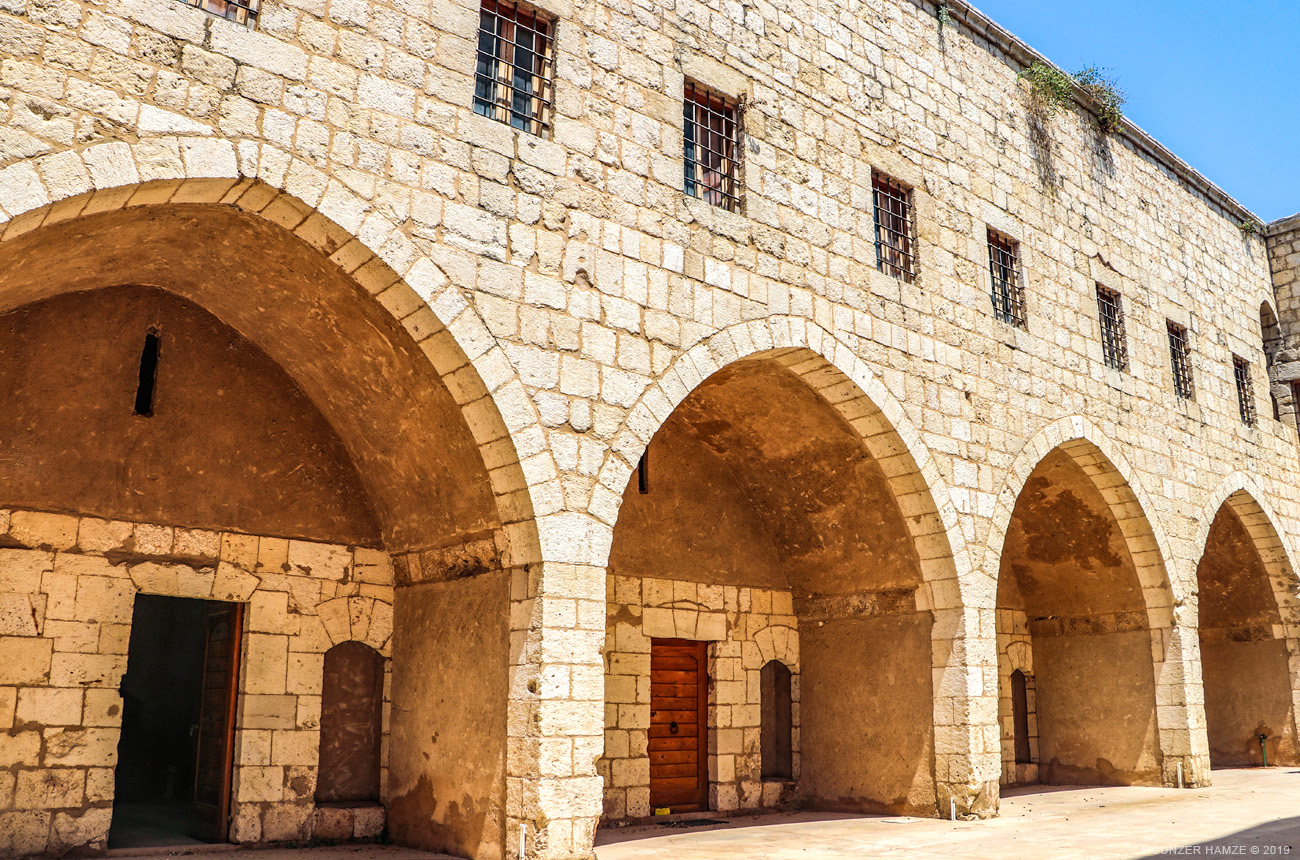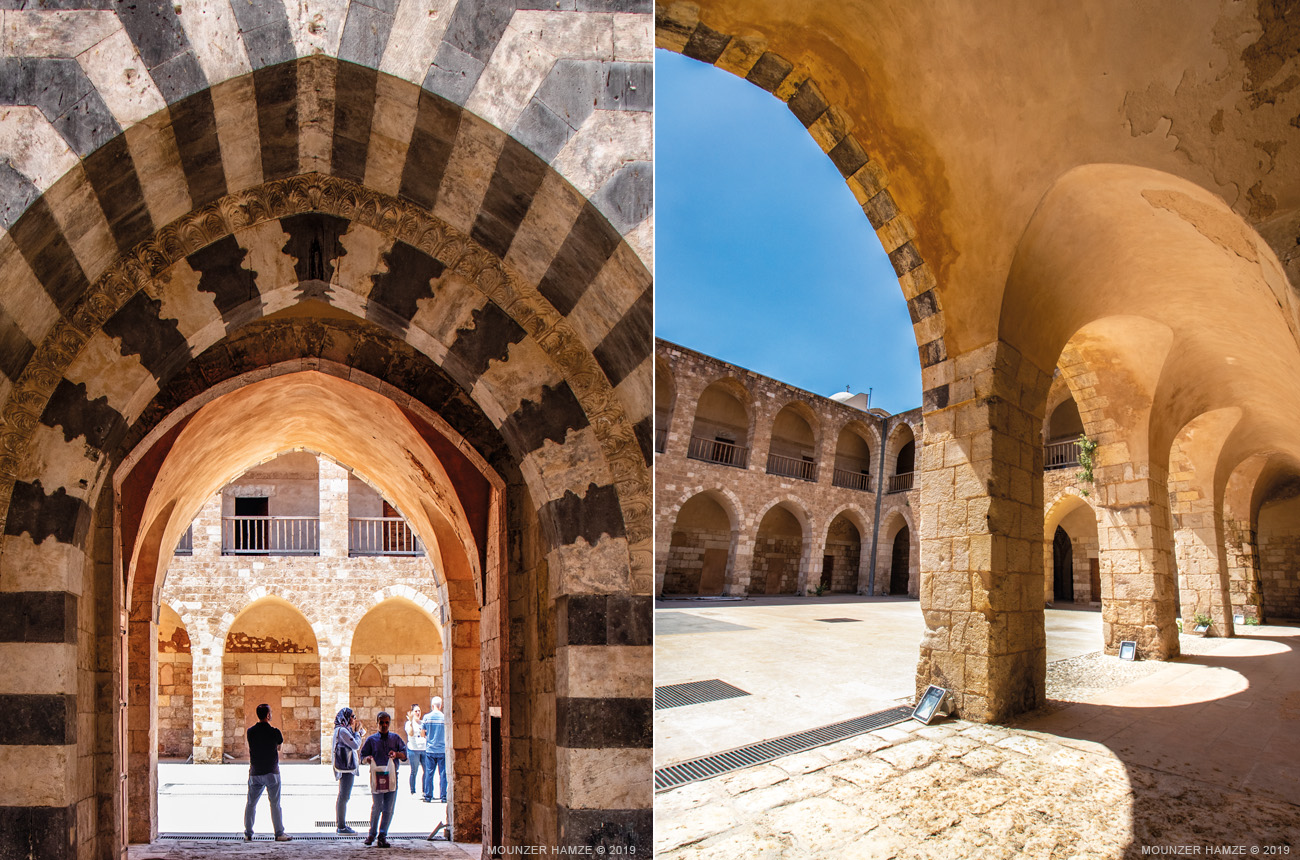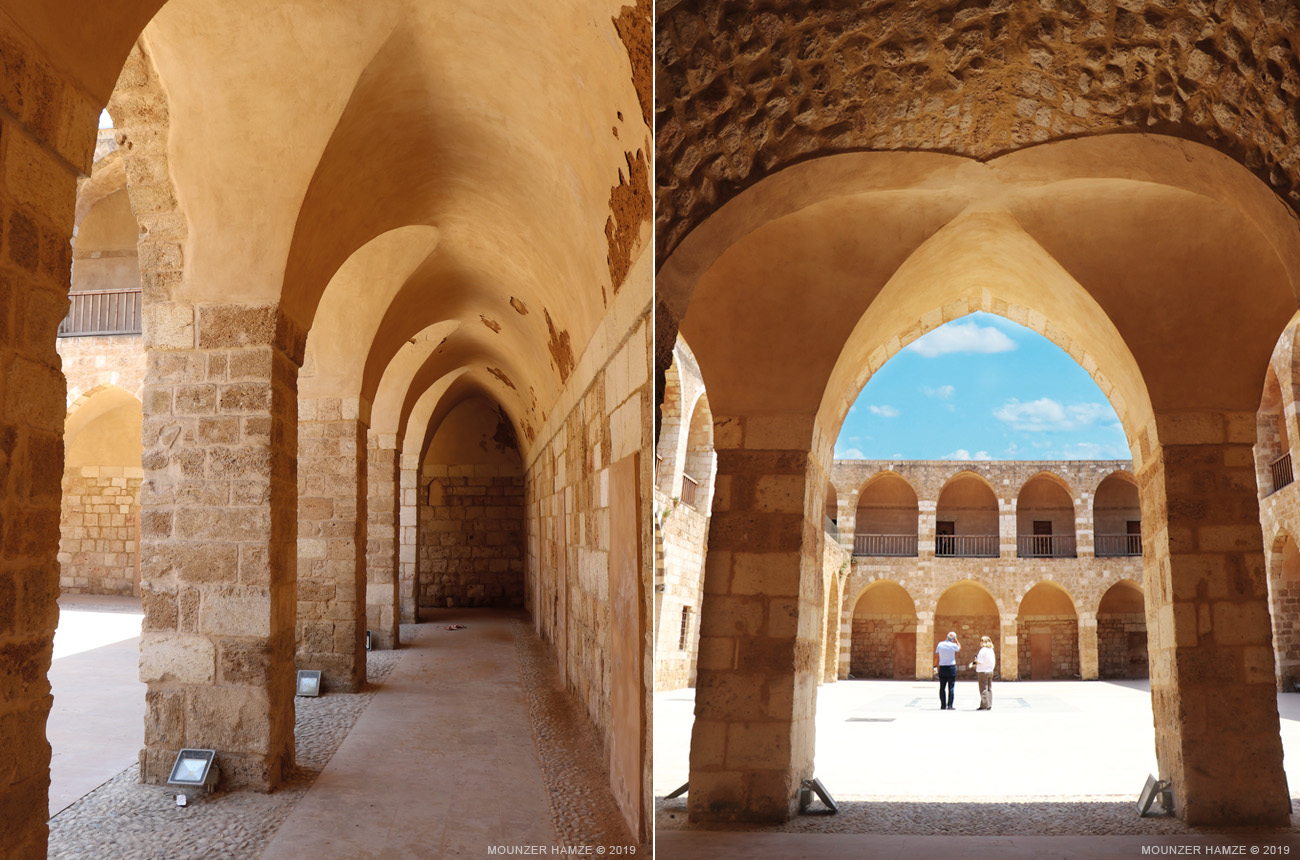It is the largest khan in Tripoli, Lebanon. Also known for prisoners’ khan ad silk khan. It was built in the Mamluk era at the beginning of the 14th century as Mamluk art and architectural details are evident. Ottoman influences from their period are also noticeable in addition to a section that appears to belong to the Crusader’s period at the side of the Christian district.
It has an area of about 4000 sqm and consists of two rectangular buildings separated by horses’ stable. Each building has a courtyard in the middle with rooms and arches clustered around it.
The Mamluks initially built it for military purposes after invading the city and burning its fortress (the most prominent military center that protected the city). This is what explains the enormity of the building, which had a business function like the other khans. Later, it was turned into a trading center in the ground floor, and merchants’ accommodation on the top floor. The Ottoman Sultan Abdul-Aziz restored its military role as people of Tripoli remember how the city’s youth was trained in the khan to fight under the reign of the Ottoman Empire during the first world war (the last days of the Ottoman rule in Lebanon).
